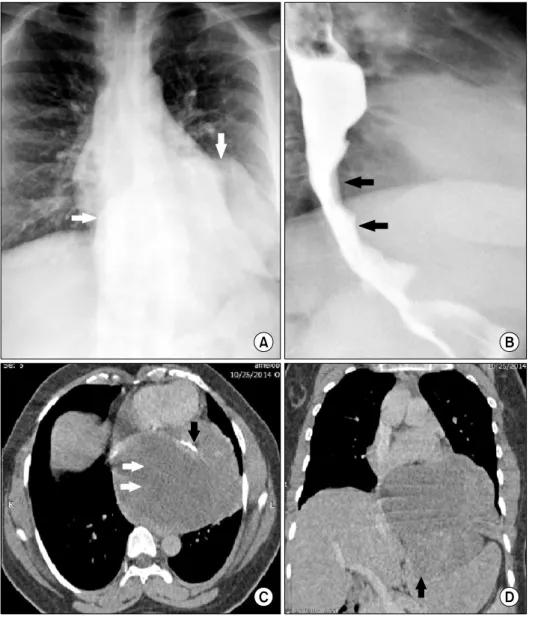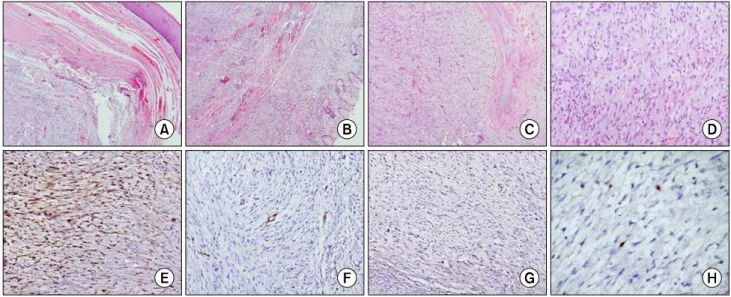ISSN: 2233-601X (Print) ISSN: 2093-6516 (Online)
− 63 −
Departments of
1Radiodiagnosis,
2Gastrointestinal Surgery, and
3Pathology, All India Institute of Medical Sciences Received: July 6, 2015, Revised: August 16, 2015, Accepted: August 25, 2015, Published online: February 5, 2016
Corresponding author: Kumble Seetharama Madhusudhan, Department of Radiodiagnosis, All India Institute of Medical Sciences, Ansari Nagar, New Delhi 110029, India
(Tel) 91-11-26593326 (Fax) 91-11-26588663 (E-mail) drmadhuks@gmail.com
C
The Korean Society for Thoracic and Cardiovascular Surgery. 2016. All right reserved.
CC

